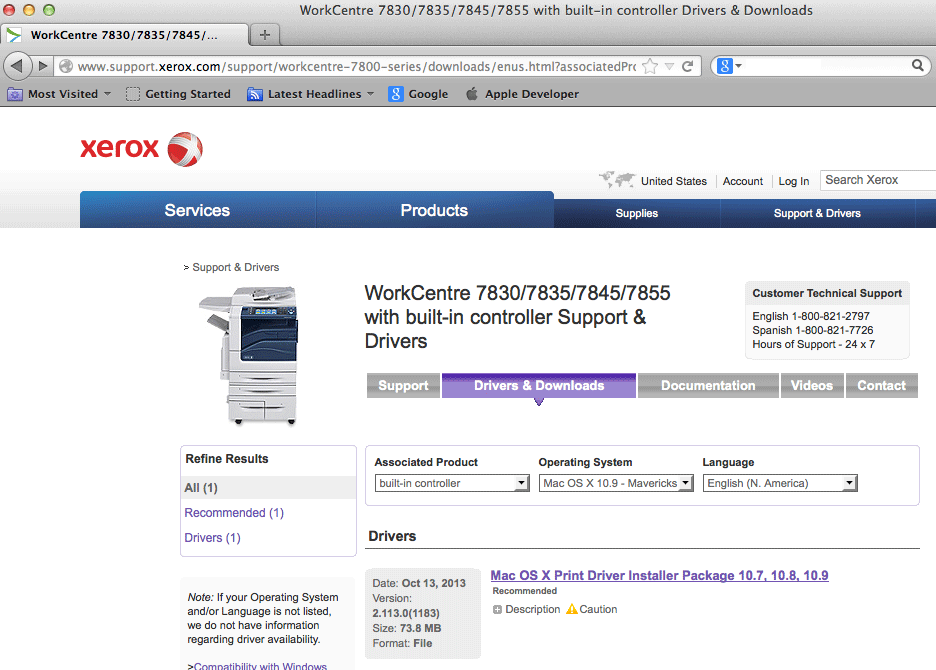
- #MAVERICKS DMG TO USB DRIVER HOW TO#
- #MAVERICKS DMG TO USB DRIVER FOR MAC#
- #MAVERICKS DMG TO USB DRIVER INSTALL#
- #MAVERICKS DMG TO USB DRIVER DRIVER#
- #MAVERICKS DMG TO USB DRIVER WINDOWS#
You will also need to create a bootable Mavericks installer.
#MAVERICKS DMG TO USB DRIVER INSTALL#
How Do I Install Os X Mavericks? Credit: To install OS X Mavericks, you will need a computer that meets the minimum system requirements.
#MAVERICKS DMG TO USB DRIVER DRIVER#
As an application developer, you will need an NTFS file type driver for Apple Macs. How do you boot up a USB stick drive in Windows?Ĭan an NTFS drive be fully Bootable? If not why? Using UEFI:NTFS, you can also make an UEFI drive that is unbooted and a blank UEFI drive.
#MAVERICKS DMG TO USB DRIVER WINDOWS#
NTFS or exfat will be used as the default operating system for custom Windows installations, with a frame size of 4GB.
#MAVERICKS DMG TO USB DRIVER HOW TO#
In this step-by-step guide, you’ll learn how to create a bootable USB for Mac. You will not be able to access your USB drive if it is not bootable.

You can do this by Formatting your drive this way, which will allow you to sync Macs and USB flash drives. Once you’ve chosen a USB drive, click the Erase button. Untitled (as in the name of the Scheme), Format as OS X Extension (Journaled), and Format as OS X Partition Map are the options for the Scheme.
#MAVERICKS DMG TO USB DRIVER FOR MAC#
What Format Does A Bootable Usb Need To Be For Mac? Credit: A bootable USB for Mac needs to be formatted as HFS+ and have a GUID partition table.

Because Windows XP/7/8/10 is a 64-bit version, not a 32-bit one, it is not supported by Windows 7. Mavericks must be installed in order to be available for purchase from the Mac App Store. A bootable USB installation drive can be used to install Windows on a Mac using Mac OS’s Boot Camp Assistant. When you boot your computer after it has rebooted, go to System Preferences. We have released Mojave, our most recent fully-supported operating system. Since November 2014, Mavericks 9 and 10 have had no update. Mavericks 10.5 will no longer be supported beginning December 31, 2011. Select it and press Enter to boot into Mavericks. You should now see a “Boot OS X Mavericks” option. Once it’s finished, you can boot your Mac from the USB drive by holding down the Option key while booting up. The Mavericks installer will now copy the necessary files to your USB thumb drive. On the “Select a Destination” screen, choose “Macintosh HD” as the destination. Once you have the Mavericks installer, launch it and agree to the terms and conditions. All you need is a 8GB or larger USB thumb drive, and the OS X Mavericks installer from the Mac App Store. In fact, you have a couple of ways to do this: either using Disk Utility to format the drive before installing macOS or cloning your drive using a third-party tool.Making a bootable USB of OS X Mavericks is simple. macOS users can also install the OS onto a USB drive and work with the same installation that’s on your internal (and faster) drive. Linux users know that booting from a USB drive is a useful way to get into the OS. In short, we don’t recommend it, and it’s likely not supported. We also don’t know whether you’ll experience issues if you look to install an older OS you don’t own. Though, if your Mac is based on Apple Silicon, you may find incompatibilities. In theory, there’s no reason why you couldn’t boot an older version of macOS, and Apple does offer ways to install older versions on a USB.

Can I boot older versions of macOS from a USB drive? Our testing gave us no issues when using a USB 2.0 to USB-C connector, so you’re able to press your older USB drives into service. Am I able to use a USB connection other than USB-C?

We recommend 16GB to give yourself enough “wiggle room” when it comes to the installation process. As such, you’ll need a large enough USB drive to store Big Sur. In our experience, you will not be able to do this. Can I split an installation across multiple USB drives? Disk operations on the boot drive can be performed safely from a USB stick as well. You can now run the operating system as normal and use this USB drive to boot up your Mac. For Intel Macs, restart and hold the Option key to enter into the boot selection dialog.įor both types of machines, use your keyboard’s arrow keys to select the USB drive from the list of bootable devices, click to confirm, and your USB drive will begin to boot.


 0 kommentar(er)
0 kommentar(er)
